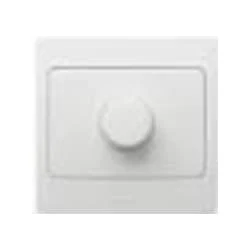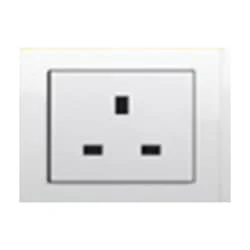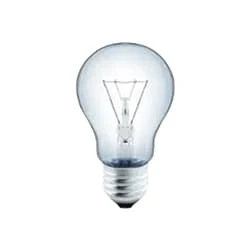Simple House wiring diagram:
This diagram shows how to make a Simple House Wiring Diagram. Simple House Wiring Installation. In this circuit, we use a ceiling fan, two lights, three switches, a fan regulator, two power sockets, and a DP MCB ( Double Pole Miniature Circuit Breaker ). This circuit is very simple and easy to make. If you want to know more about this circuit please check our youtube video below the post.
Diagram of full House wiring:
Components Need for this Project:
You can get the components from any of the sites below:
- DP MCB [See Buy Click Amazon]
- Regulator [See Buy Click Amazon]
- Socket [See Buy Click Amazon]
- Light [See Buy Click Amazon]
- Fan [See Buy Click Amazon]
Read Also:
Components used to make the simple wiring:
01. DP MCB
 |
| Fig 2: DP MCB |
Double pole MCB can control two wires. This circuit breaker is generally used in single-phase electric lines. Double pole MCB circuit breaker input has two wires supply two wires and an output. In a single-phase line, A double-pole MCB circuit breaker is used to give good production. This circuit breaker is provided through phase and neutral circuit breaker, it is very safe. This circuit breaker is preferred for home appliances. A DP MCB usually trips for 2 reasons 1. Overload 2. Short circuit.
02. Regulator
 |
| Fig 3: Regulator |
Reduces fan speed by switching on and off. Reducing the speed of the fan, the power Consumption is also Reduced. It is basically a wire wood resistor-based regulator. The large regulators that were used in the past took up more than half of the switchboard space and were very hot. It looks very small in size. Almost equal to a switch. Electrical regulators are basically made by winding copper wire on an iron core. As Electricity Travels Long Distances Through These Wires, Some of The Electrical Energy is Converted Into Heat Energy.
03. Socket
 |
| Fig 4: Socket |
A socket is a type of equipment used in electrical wiring lines that always has an electrical connection. According to the need, it can be supplied to the electrical equipment. In case of electric iron, electric hand drill machine and electric hand grinder etc. two-pin socket with earth terminal is used. Also, three-pin sockets are used for electrical appliances that have a metal body and are likely to be electrified. Eg – Refrigerator, room heater, table heater, hot-plate, electric oven etc.
04. Light
 |
| Fig 5: Light |
CFLs work in a completely different way from ordinary lamps, they work by using a different process called fluorescence rather than generating light from heat. A typical light bulb wastes 90% of energy and converts only 10% of energy into light, this is where CFL has the biggest advantage. CFL- Curved or conical glass tube filled with argon and a small amount of mercury vapor. The inner wall of the glass is coated with fluorescent material. CFL- It is manufactured using the principle of creating fluorescent light. CFL- Originally white in color but now the construction and use of CFLs producing colored light has become popular.
05. Fan
 |
| Fig 6: Fan |
The main driving force behind all ceiling fan systems is the motor used inside the fan. We can also compare it with the soul of a fan. This motor converts the supplied electrical energy into mechanical energy which turns the ceiling fan and gives us air. When current is supplied, the magnetic field formed on the positive half-cycle becomes the reverse magnetic field on the next negative half-cycle. The magnitude part does not rotate and the capacitor is converted to a phase when it is connected to a phase motor or ceiling fan with a helical coil or stationing coil. When power is supplied there is a magnetic difference between the phase currents and the coils (acting as two phases) so that the motor or fan rotates.
Thank You for visiting the website. Keep visiting for more Updates.
Frequently Asked Questions
The common type of home electrical wiring is non-metallic, or NM, cable. You may also know it as Romex cable, which is the most popular brand name for this type of electrical wiring. NM cable is usually three or more individual conductors.
How a Residential Electrical System Works. Electricity enters your home through two service wires carrying 120 volts of energy each. The 120-volt circuits draw power from one of the wires, while 240-volt circuits draw power from both. There's also a neutral wire that carries energy back to the power source.
ln a block diagram, the components of the system are represented as blocks and the interconnections between them are represented by lines. Block diagrams are commonly used in system design, control engineering, and signal processing. On the other hand, an electrical schematic is a detailed diagram.
More simply, a schematic diagram is a simplified drawing that uses symbols and lines to convey important information. For example, if you are taking the subway you may see a “map” showing you all the stations along a subway line, but that map will not show all the roads and buildings you may pass along the way.
Wiring diagrams are visual representations of the connections and layout of electrical devices and circuits in a system. They use standardized symbols and codes to show the components, wires, switches, terminals, and other elements involved in the installation.


Post a Comment
Do leave your comments